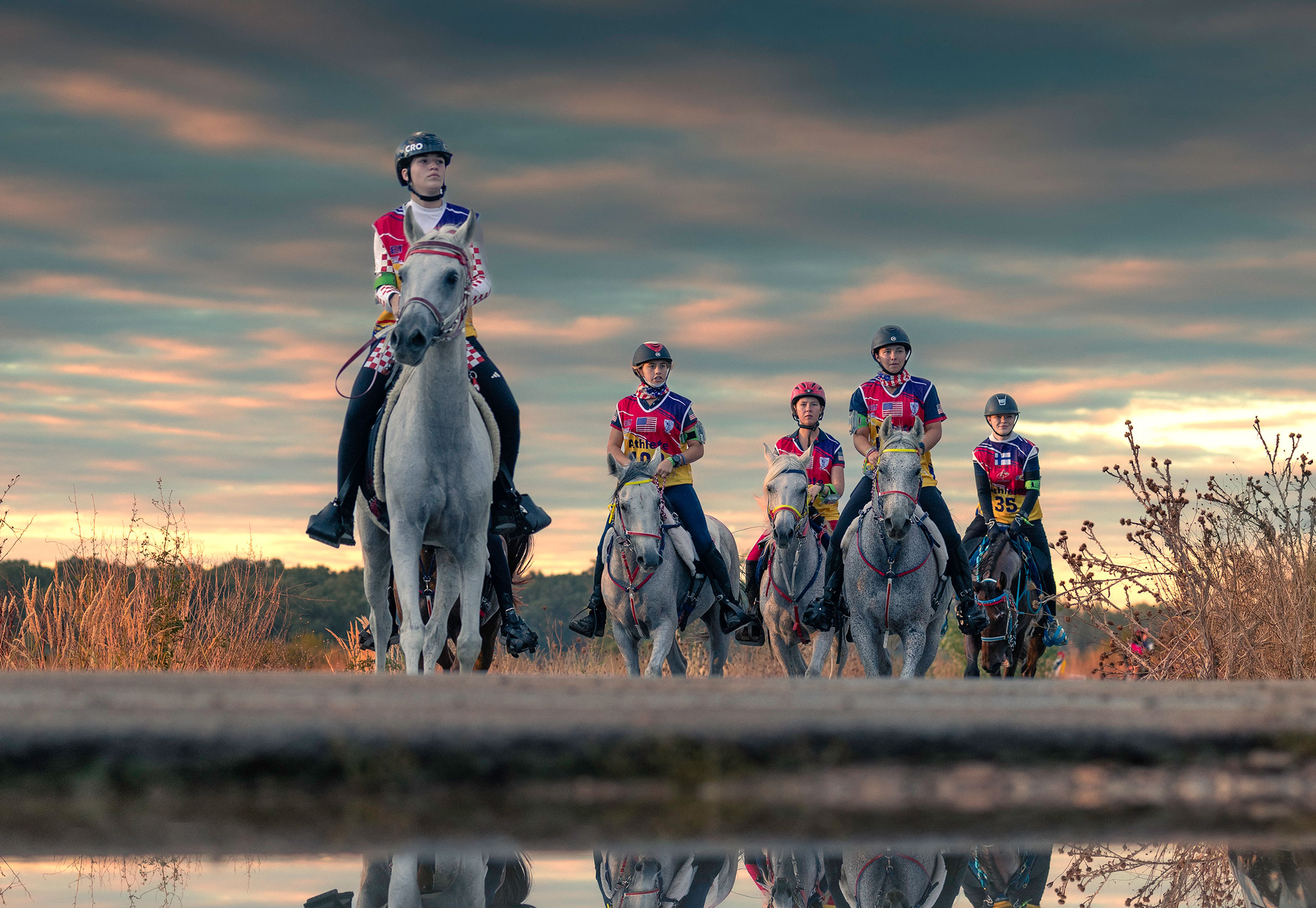
26th - 28th June 2009
For the first time, the SERC Scottish Championships are combined with the only FEI ride north of the border to create a 3 day festival of endurance riding based at historic Scone Palace Park.
Day 1 features a 90km FEI 1* and a 120km FEI 2* class, with days 2 and 3 featuring the full range of one and two day classes from Pleasure Ride up to the flagship 2 day 160km ER. In 2008 the 80km class had a 100% completion rate with an average speed of 12.8km/h
The event builds on the long term success of the SERC Scone ride, a popular part of the calendar for a decade.
The Course
The route is tried and tested, having hosted a 2 day 160km ER in 2008. It features a wide range of terrain, from estate tracks, river bank and field edges to forestry and open hill. Though on the face of it there are no major climbs, the route is deceptively challenging with very little flat ground apart from the Palace grounds at the very start and finish. Many parts of the course offer spectacular views north to the Highlands or south over the River Tay to Fife and the Lomond Hills.
Perth Racecourse, within the grounds of Scone Palace, provides the venue for the Festival. Excellent facilities are available, including hard standing for vehicle parking and space on site for camping and corralling.
History
This part of the world is steeped in history. Scone is the historic crowning place of Scottish Kings, and the home of the Stone of Destiny - some say the real Stone is hidden near here still. Scone was capital of the Pictish kingdom from around 500AD, and Kenneth MacAlpin, first King of Scots, was crowned here within sight of our start line in 847, as was every subsequent Scottish King until James I in 1406. The last King to be crowned here was Charles II in 1651.
A key part of the ride route is the Coronation Road, one of the oldest documented bridleways in Britain. For over 800 years this path has been in recorded use by Kings and their retinues; it was the original road from Falkland Palace to Scone. Falkland was seat of the Earls of Fife and home of the MacDuff clan. Since 1095 the hereditary right to crown the King of Scots has belonged to the Earls of Fife, making a horseback procession along the Coronation Road a precursor to every Monarch’s crowning. The Road is thought to follow a much earlier path and to have been in use for at least 1500 years.
A little further on the route passes under Dunsinane Hill, as a hill fort a strategic location since the Iron Age, but a major seat of power in the early history of Scotland, not least as the stronghold of MacBeth. The decisive battle in 654 AD between MacBeth and the forces of the Earl of Northumberland was fought within sight of Dunsinane, and Shakespeare subsequently immortalised the location in his Scottish Play. Birnam Wood at that time may well have extended south to encompass some of our route, and the Witches Stane, a standing stone of Megalithic origin at St Martins, is reputed to have been the setting for Shakespeare's Witches scene.
More information at www.perthendurance.co.uk



No comments:
Post a Comment